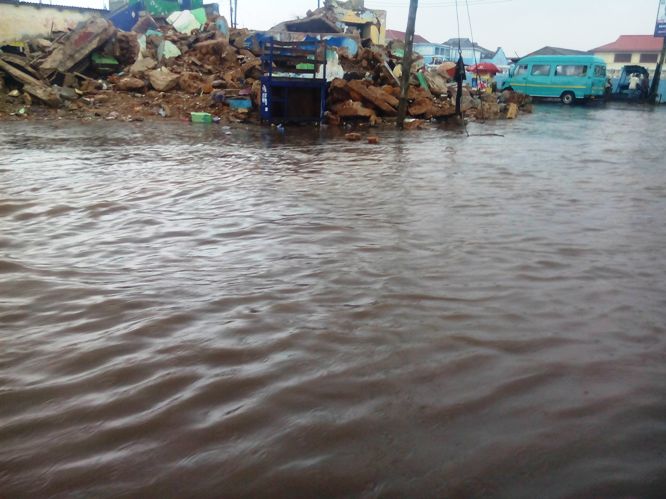Rainfall pattern has changed in Ghana – EPA
 Dr Emmanuel Tachie-Obeng, the National Focal Person on Climate Change Education and Awareness, Environmental Protection Agency (EPA), on Wednesday said the country’s rainfall pattern has changed and become unpredictable over the past 30 years.
Dr Emmanuel Tachie-Obeng, the National Focal Person on Climate Change Education and Awareness, Environmental Protection Agency (EPA), on Wednesday said the country’s rainfall pattern has changed and become unpredictable over the past 30 years.
“Statistical analysis over the years shows that the change has occurred significantly in the savannah zone, which is the country’s breadbasket,” he said.
The savannah zone, over the past 30 years, did not record any rains in January and February; but used to experience few rains in April and May until the main raining seasons starts in June and ends in November, Dr Tachie-Obeng said.
He explained, however, that in recent years the raining season, which goes with the planting period, had been pushed to the end of June or early July and ends in November.
Dr Tachie-Obeng said this at a workshop organised in Accra by the EPA, in collaboration with the Ghana News Agency, for a cross section of journalists on the overview of climate change in Ghana.
The EPA/GNA media training aims at equipping journalists, especially those of the GNA, with the tools and skills in the reportage of climate change issues.
Touching on the shift in the rainfall pattern in the southern sector of the country, Dr Tachie-Obeng said there had been a decline in the volumes of rain in the months of February and March.
“A critical study of data over the period shows that generally the volume and distribution of rains has reduced. In the past, we experienced some drizzling in May but now all these have stopped,” he said.
The impact of the change is being felt by the country in many sectors including economic, energy, health, water, and agriculture, especially food production.
While describing the trend as worrying, Dr Tachie-Obeng said the decline in rainfall had a direct effect on the production cycle of maize, rice, cassava and cocoa.
He said due to the changes, studies had projected that the number of regions where the country’s main cash crop cocoa was cultivated would reduce from five to two.
Dr Tachie-Obeng suggested that in order to build resistance to the situation and help food production, there was the need for the Government to fast track the One Village One Dam to conserve water for farming activities all year round.
He said through the Green Climate Fund, some climate-smart agricultural projects had begun to help increase food production and ensure food security.
Dr Tachie-Obeng hinted that the country was expected to mobilise nearly $22.6 billion of investment from both domestic and international public and private sources of which 10.11 billion dollars was needed for mitigation and $12.42 billion for adaptation.
Mr Kwaku Osei-Bonsu, the Acting General Manager of the Ghana News Agency, said the training sought to enhance the media’s role in monitoring and reporting on the local issues of climate change.
The training formed part of the new broader scope of the Agency to continue to play active role in national affairs, he said.
Mr Osei-Bonsu, therefore, challenged journalists to use their reportage to accelerate climate change action through advocacy and information dissemination aimed at achieving national climate goals.
He said the lack of public interest and the ever increasing complexity and geographical scope of climate change were some of the challenges that journalists faced when trying to report on climate change and environmental issues.
“Climate change news can be boring, scientific, complicated and full of doom and gloom, but these issues are nevertheless important and the journalists have to make sure the audience find these topics interesting,” he said.
Source: GNA
